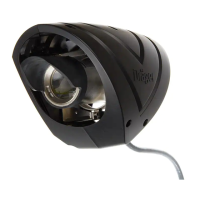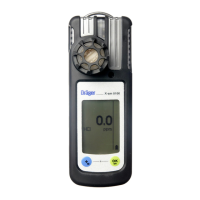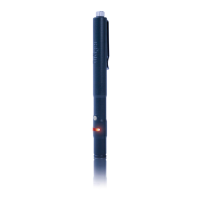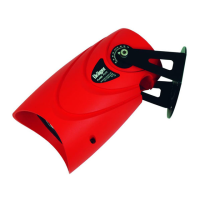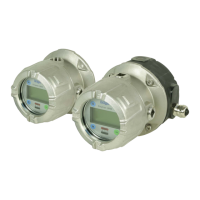Heavy gases, on the other hand, will sink and concentrate
at the bottom of spaces without ventilation or airflow.
In that case, be sure to install the remote sensor near
the floor. (See image above.)
However, be sure not to install the sensor too near to
the floor. You must ensure that there is still space for
connecting the calibration adapter, and that dust or
liquid from the floor cannot clog the sensor opening
and prevent gas from entering it.
This ensures a timely and safe alarm and that the
optical alarms of the Dräger PointGard 3000 remain
clearly visible.
In spaces with one or more heat sources, air will flow
above the heat source as shown below. A safe point
for the measurement could be above the heat source.
(See image below.)
55 ppm
55 ppm
3 | Whitepaper Positionierung des PointGards
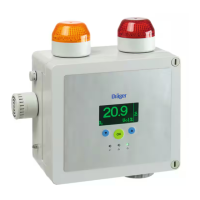
